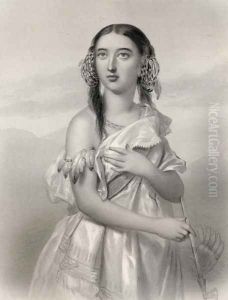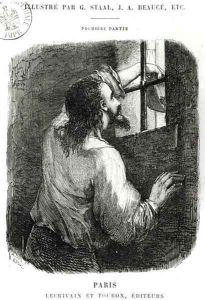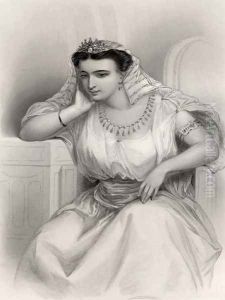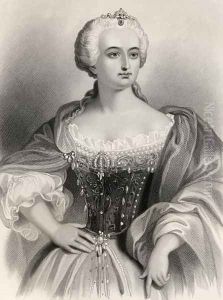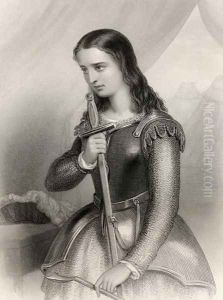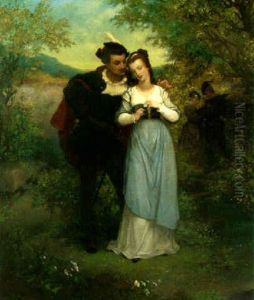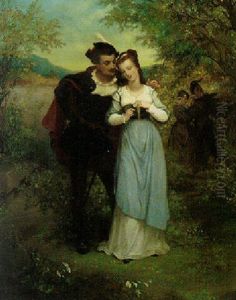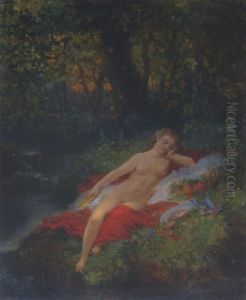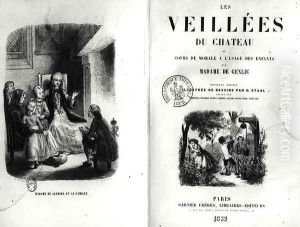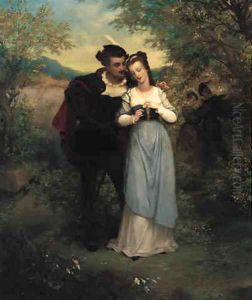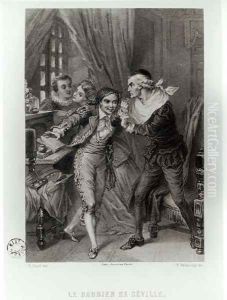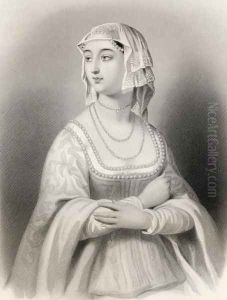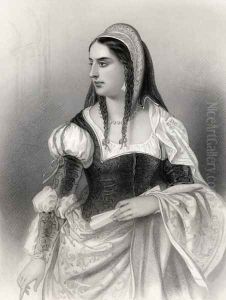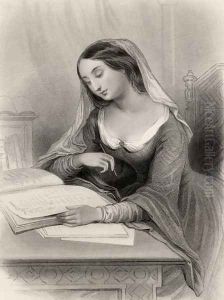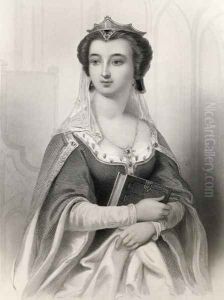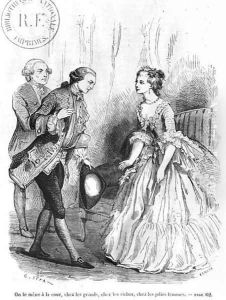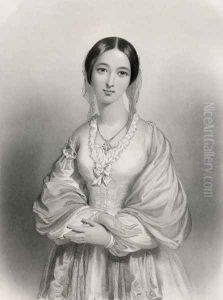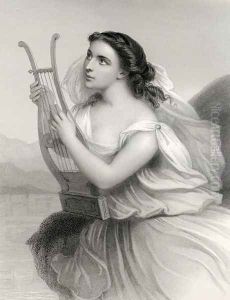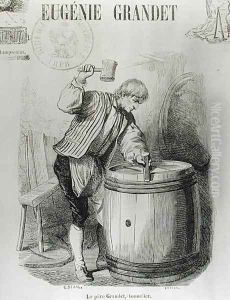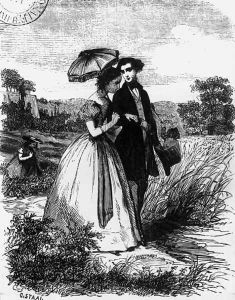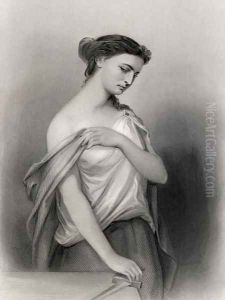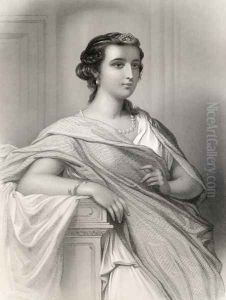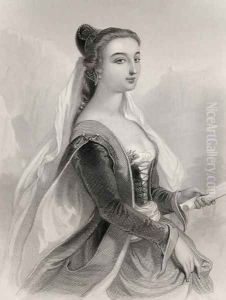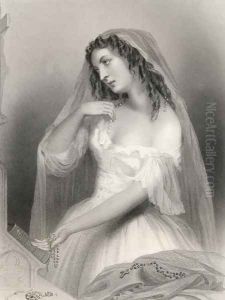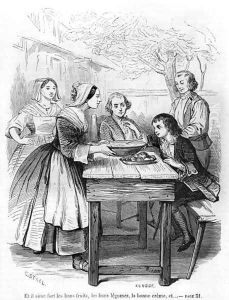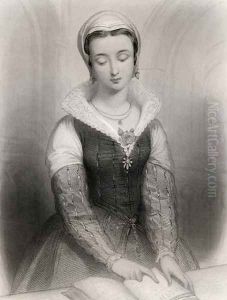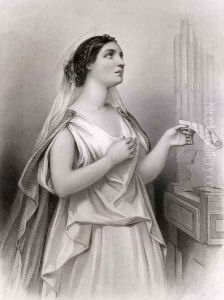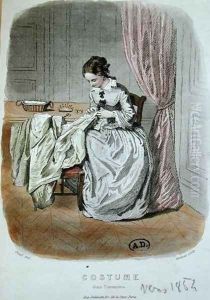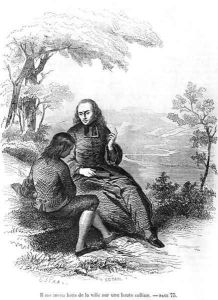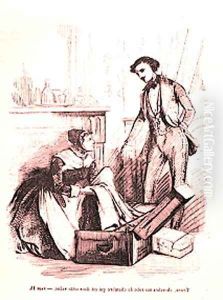Pierre Gustave Eugene (Gustave) Staal Paintings
Pierre Gustave Eugene Staal, commonly known as Gustave Staal, was a French illustrator and engraver born on March 17, 1817, in Paris, France. Staal was active during the 19th century, a period that witnessed the flourishing of the graphic arts in Europe, particularly in France. He was a contemporary of other great artists such as Delacroix and Ingres, and his work is considered a significant contribution to the art of illustration.
Staal was trained in the classical tradition and initially worked in the architectural field before fully devoting himself to illustration. His engravings and illustrations were characterized by their fine detail and their adherence to the academic standards of the time. Staal's work was influenced by the romantic movement, though he maintained a certain classical restraint in his compositions.
Throughout his career, Gustave Staal contributed to numerous illustrated books and periodicals, which were popular forms of entertainment and education during the 19th century. He was particularly known for his illustrations of historical and literary works. His engravings were featured in editions of works by famous authors such as Victor Hugo, Alexandre Dumas, and many others, often bringing their complex characters and elaborate settings to life.
Staal's illustrations were also published in magazines like 'L'Illustration' and 'Le Monde Illustré', which were widely circulated and helped to disseminate his artwork to a broader public. His ability to capture the essence of a story in a single image made him a sought-after illustrator for such publications.
Despite his success as an illustrator, there is relatively less information available about Staal's personal life compared to some of his contemporaries. This may be due to the fact that illustrators, while highly valued for their craft, did not always achieve the same level of fame and recognition as painters or sculptors of their time.
Gustave Staal passed away on June 10, 1882, leaving behind a legacy of work that continues to be appreciated for its historical value and artistic quality. His illustrations remain a testament to the rich visual culture of 19th-century France and continue to be studied and admired by art historians and enthusiasts alike.
